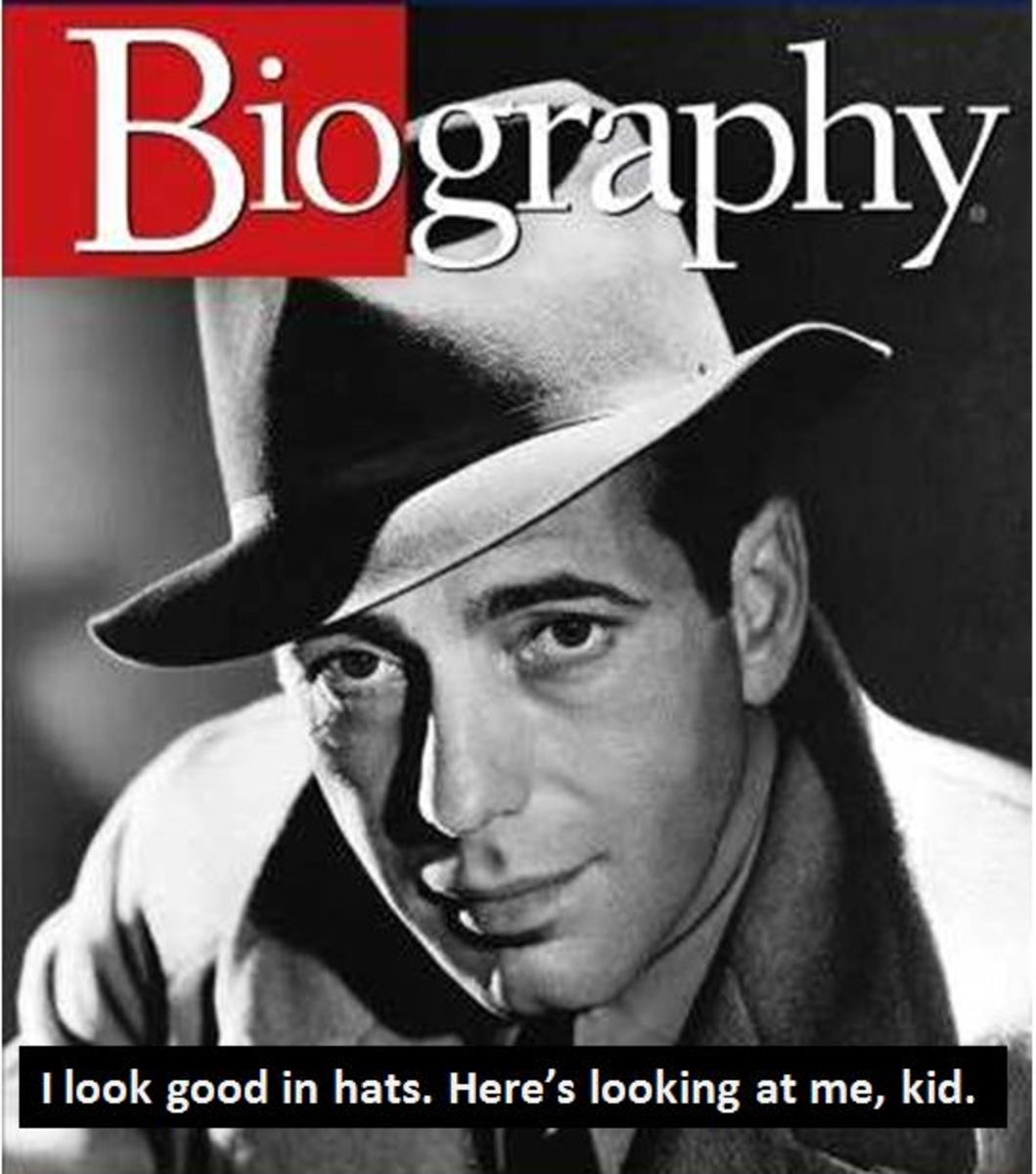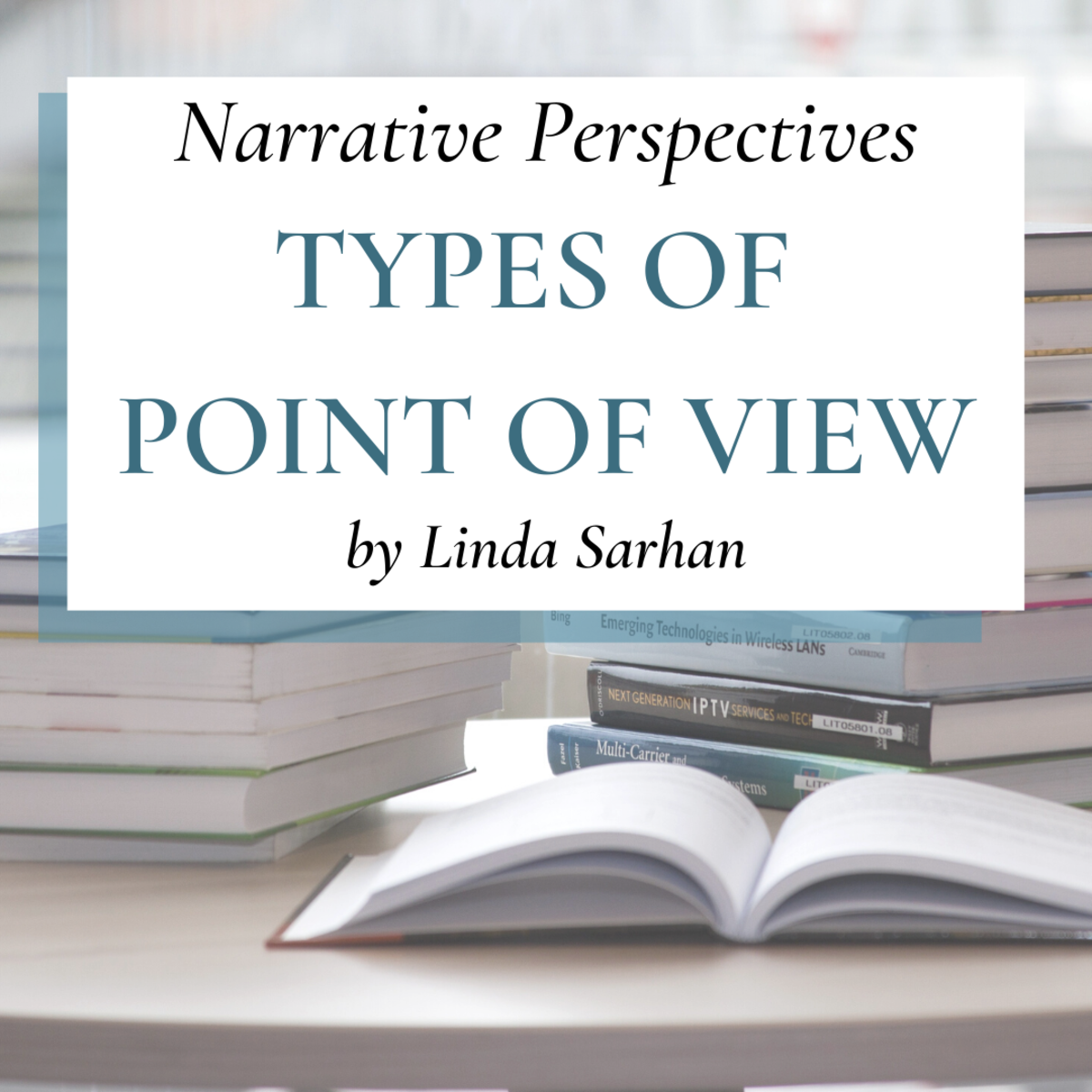Time to kill the style guides- Out of date, out of touch and out of their minds

I spend a lot of time as a writer wrestling with style guides. These things are pedantic to the point of obsession, creating trivial details where content is the issue. The fact is that these things are in the way of web content. They’re not assets, they’re not useful, and they generate extra, expensive, unnecessary work where time is a very valuable commodity.
The main style guide is the venerable Associated Press style guide. This is a US standard style, adopted by newspapers around the world pre-internet. The AP style was invented before the internet vocabulary, and is now a fossil. The AP guide’s main claim to relevance is the insistence on proper usage.
Now others have climbed on the style bandwagon, and a nice, useless little cottage industry has sprung up creating jobs for nitpickers. Every word can be an epic of wisdom and guessing what’s needed when you’re writing under these mindlessly formal, absurdly out of date guidelines.
The reason for the obsolescence of style guides as a result of the internet culture is quite simple- To persuade anyone to read anything at all online, the information must be expressive. You’re writing for markets, not English teachers. Style guides, by definition, aren’t really about expression. They’re about form. Expression and form don’t necessarily mix very well.
One of the more common, (and may I say incredibly pompous), issues with expression in relation to style guides is the use of descriptors. Superlatives are frowned upon.
For example:
You can’t say “best practice” because the standard, idiotic reply from a style preacher is “We don’t know- we’re not experts”.
When I first saw this incredibly stupid, pathetic remark, my natural response was “So why am I writing about it, if I’m not supposed to be an expert?” It so happened that I had direct personal experience of the product and product environment in question, to be exact 20 years’ experience. That was why I took on the client’s articles. I was writing for commercial readers, and “best practice” happens to have another meaning- “Doing it properly”. The term “best practice”, in business, means “properly costed, efficient and inside the budget”. It actually refers to the formal business processes as a sort of shorthand expression in context with the subject. It also saves several paragraphs of mindlessly reciting what the practices are in relation to the product or service.
The editorial issues
The imbecile who decided we weren’t experts wasn’t a writer. The response was standard, based purely on the style guide approach. This was the notorious editorial approach- Editing on principle, and pretty shaky principles at that.
Editorial work can be quite thankless. I’ve done it. You have mystified writers, trying to come up with what you want. You have clients demanding sparkling copy, but copy in the sense they understand it, not how it’s read by consumers and other businesses. Your best shot is to stick to a message, and use that as the working copy.
Mediocre editors usually scramble their message. Some spray it. They can turn a single page into a lifetime occupation, rewriting, redefining, and of course using the style guide, in all its ancient glory, as the basis of wasting time and effort.
At this point you’re not writing, you’re digging a ditch for yourself and your hopes of becoming a good online writer. This really is mindless work, no more than a mere procedure, not a result of any real consequence in terms of copy standards for readers.
As usual, the reader is left right out of the equation. That’s a criminal mistake. Claude Hopkins, the Father of Modern Advertising, actually starts his book Scientific Advertising by pointing out that the value of advertising copy is what the product is worth to the reader, not the advertiser. Hopkins hammers this point, and it’s still perfectly valid in the most screeching direct response materials you see online. If there’s no perceived value to you, why would you read it at all?
Style guides may be useful for news sites, if you assume that people read the news with a style guide in hand, but not for web content. Why would a reader give a damn about things like superlatives, the use of descriptors or any similar take-it-or-leave-it materials?
If you say something’s “great”, that’s not an attack on the reader, who can disagree without needing a lawyer or bodyguards. If you happen to think it’s great, like when writing a review of a product, offer or service, and say so, that’s actually what you’re there to do, and it’s what’s expected of reviewers.
The commercial perspective of style guides
To give some indication of the very strange situations style guides and their related bean counting exercises can cause-
In the course of an hour, I was talking to two clients. To one I was talking about multi-million dollar business issues, the other was talking about punctuation. From the perspective of a commercial writer, values are the big issue. One the one side I’m talking business, mine and the client's. On the other, I’m listening to non-writers from a non-internet medium telling me how to write very basic copy. I have thousands of articles online, I’ve written lots of books, and I get thousands of hits per day. Need I say my feelings about being told how to write by non-writers are rather ambivalent.
In business terms, I’m talking to a client doing real business, and some also-rans talking about other people’s business at arm’s length, finding reasons for their own salaries and using a fossilized style which has no real applications online, while they simultaneously also want online copy.
The business guy happens to be very competent, an expert in his field, which is also online business. We speak the same language, know the market and we both know what’s needed in his online materials. In our conversations, we have never mentioned anything but content values to readers, particularly B2B readers, his client base. Being an expert, he’s talking about real best practice, and we’re very much on the same page about how to put it together. It’s actually a fascinating job, which I’m quite enjoying.This work is also of more value to me as a commercial writer, because it's high-end stuff, whereas the other is low-end routine, turned into a counterproductive waste of time as a result of endless chopping and changing.
Compare any real business commercial writing to the style guide merry-go-nowhere, and you get the point. Style guides have nothing to do with business, advertising, or copy values. They never have. They weren't designed for ad or marketing copy, to start with, let alone online copy. They’ve now had their day. The sooner they're buried, the sooner people can get on with their work.
If you’re an editor-
Focus on the message values, not the method. Nobody gives a damn about mere formalities of usage.
If you’re a writer-
Focus on getting the message across accurately and making it worth reading. The rest will take care of itself.









